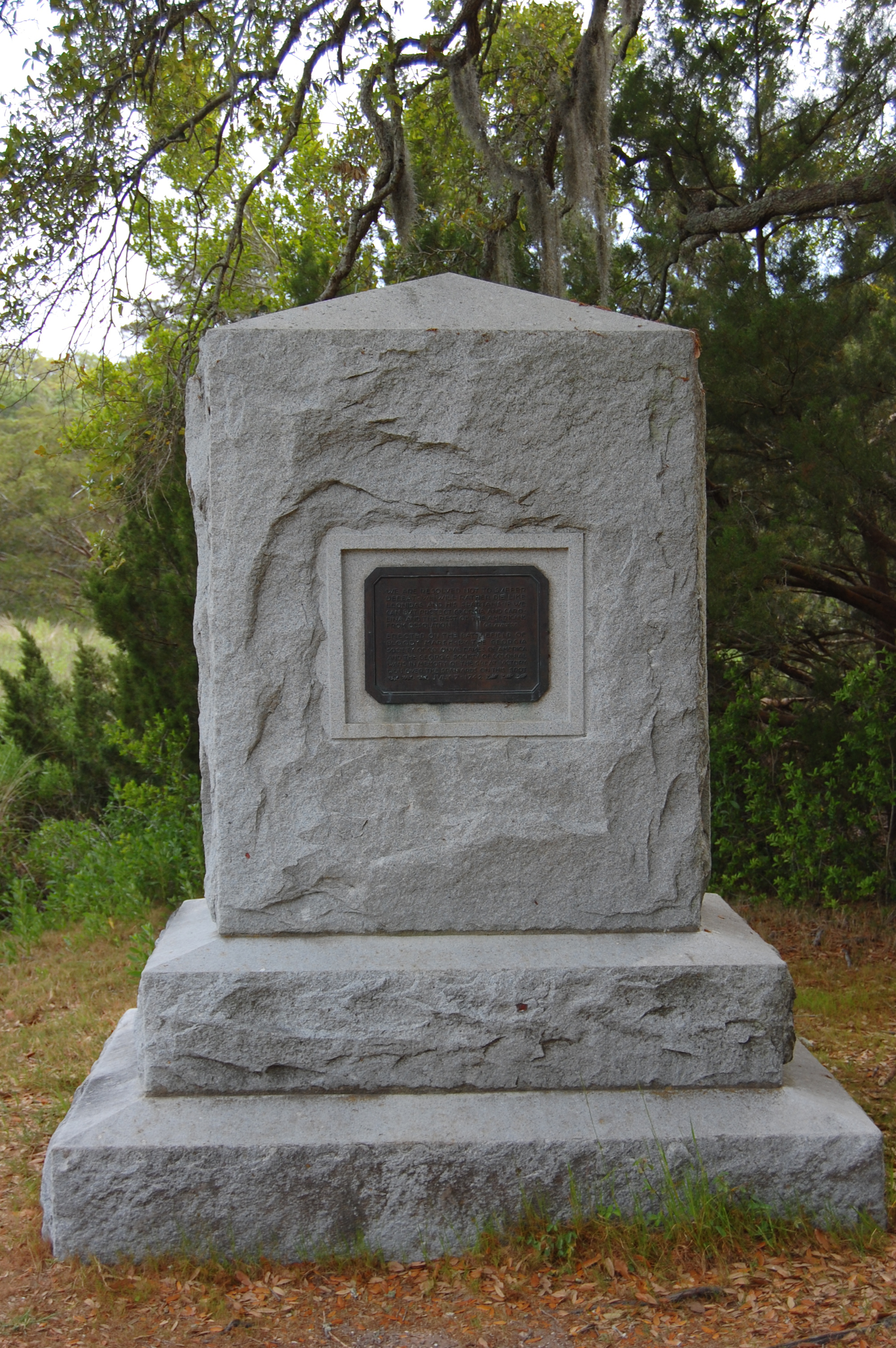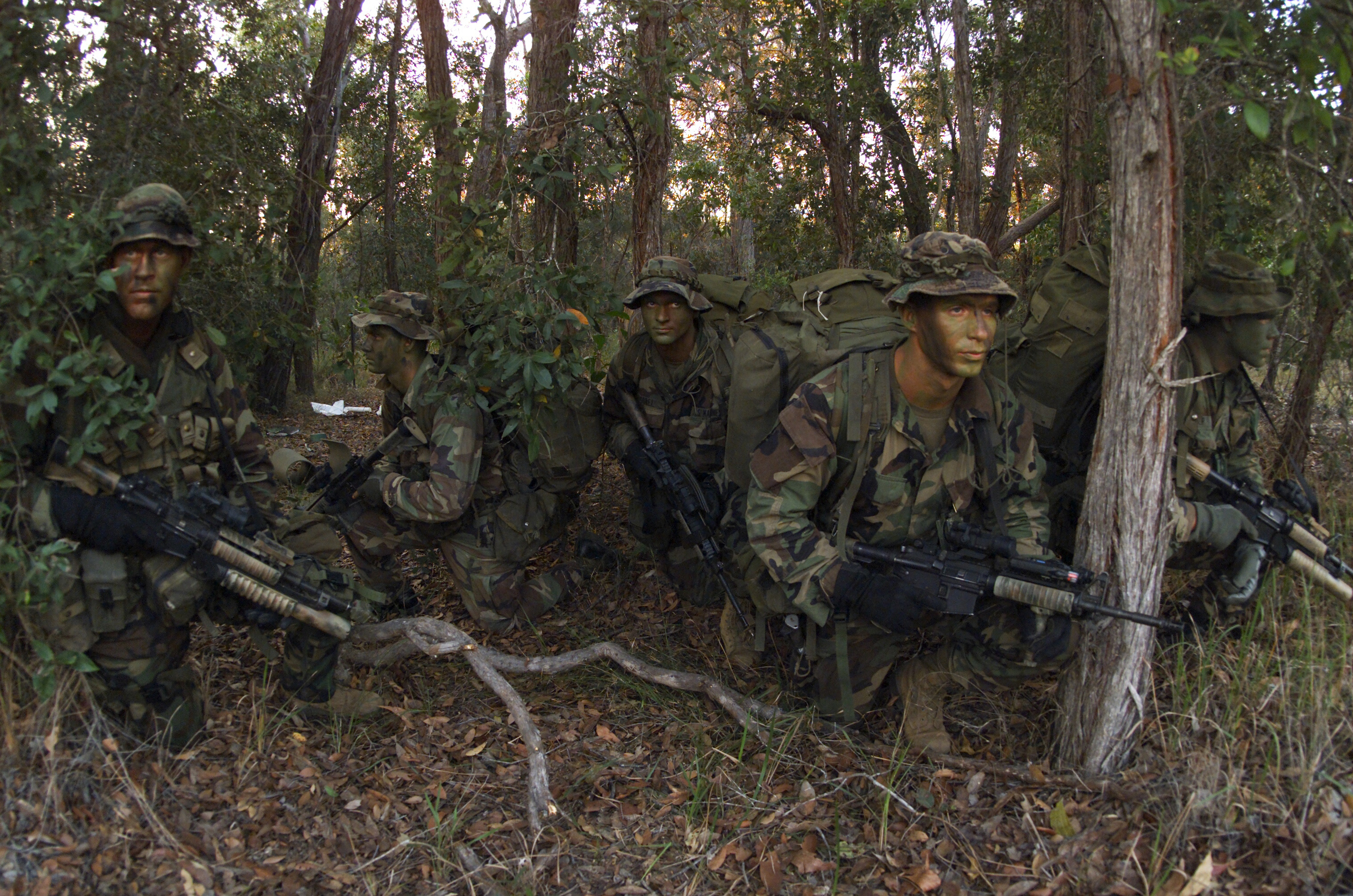|
Invasion Of Georgia (1742)
In the 1742 Invasion of Georgia, Spanish forces based in Florida attempted to seize and occupy disputed territory held by the British colony of Georgia. The campaign was part of a larger conflict which became known as the War of Jenkins' Ear. Local British forces under the command of the Governor James Oglethorpe rallied and defeated the Spaniards at the Battle of Bloody Marsh and the Battle of Gully Hole Creek, forcing them to withdraw. Britain's ownership of Georgia was formally recognized by Spain in the subsequent Treaty of Madrid. Background The colony of Georgia had been an issue of contention between Britain and Spain since its foundation in 1733. Spain claimed the territory for its own colony of Florida and disputed what was regarded as an illegal occupation by the British settlers. The Convention of Pardo in 1739 had attempted to settle the dispute, but Spain still refused to abandon its claim. When the War of Jenkins' Ear broke out that same year, Spain began dra ... [...More Info...] [...Related Items...] OR: [Wikipedia] [Google] [Baidu] |
War Of Jenkins' Ear
The War of Jenkins' Ear was fought by Kingdom of Great Britain, Great Britain and History of Spain (1700–1808), Spain between 1739 and 1748. The majority of the fighting took place in Viceroyalty of New Granada, New Granada and the Caribbean Sea, with major operations largely ended by 1742. It is considered a related conflict of the 1740 to 1748 War of the Austrian Succession. The name derives from Robert Jenkins (master mariner), Robert Jenkins, a British sea captain whose ear was allegedly severed in April 1731 by Spanish coast guards searching his ship for contraband. In 1738, opposition politicians in the Parliament of Great Britain, British Parliament used the incident to incite support for a war against Spain. The most significant operation of the war was a failed British attack on Battle of Cartagena de Indias, Cartagena in 1741, which resulted in heavy casualties and was not repeated. Apart from minor actions in Spanish Florida, Province of Georgia, Georgia, and Havan ... [...More Info...] [...Related Items...] OR: [Wikipedia] [Google] [Baidu] |
Touch Hole
A touch hole, also known as a cannon vent, is a small hole at the rear (breech) portion of the barrel of a muzzleloading gun or cannon. The hole provides external access of an ignition spark into the breech chamber of the barrel (where the combustion of the propellant occurs), either with a slow match (matchlock), a linstock or a flash pan ignited by some type of pyrite- (wheellock) or flint-based gunlock ( snaplock, snaphaunce, and flintlock), which will initiate the combustion of the main gunpowder charge. Without touch hole, it would be nearly impossible to ignite the powder because the only otherwise access into the barrel is from the front via the muzzle, which is obturated by the projectile. In the later caplock firearms, the ignition sparks are generated by a shock-sensitive percussion cap placed over a conical "nipple", which has a hollow conduit known as the flash channel, that leads into the barrel and serves the same function as the touch hole. In modern b ... [...More Info...] [...Related Items...] OR: [Wikipedia] [Google] [Baidu] |
Wormsloe
The Wormsloe Historic Site, originally known as Wormsloe Plantation, is a state historic site near Savannah, Georgia, in the southeastern United States. The site consists of , protecting part of what was once the Wormsloe Plantation, a large estate established by one of the founders of colonial Georgia, Noble Jones. The site includes a oak avenue, the ruins of Jones's fortified house built of tabby, a museum, and a demonstration area interpreting colonial daily life. In 1736, Jones obtained a grant for of land on the Isle of Hope which would form the core of Wormsloe. He constructed a fortified house on the southeastern tip of the island overlooking the Skidaway Narrows, a strategic section of the Skidaway River, located along the Intracoastal Waterway roughly halfway between downtown Savannah and the Atlantic Ocean. The fortified house was part of a network of defensive structures established by James Oglethorpe, founder of Georgia, and early Georgia colonists to protect S ... [...More Info...] [...Related Items...] OR: [Wikipedia] [Google] [Baidu] |
Seven Years' War
The Seven Years' War, 1756 to 1763, was a Great Power conflict fought primarily in Europe, with significant subsidiary campaigns in North America and South Asia. The protagonists were Kingdom of Great Britain, Great Britain and Kingdom of Prussia, Prussia versus Kingdom of France, France and Habsburg monarchy, Austria, the respective coalitions receiving by countries including Portuguese Empire, Portugal, Spanish Empire, Spain, Electorate of Saxony, Saxony, Age of Liberty, Sweden, and Russian Empire, Russia. Related conflicts include the Third Silesian War, French and Indian War, Carnatic wars, Third Carnatic War, Anglo-Spanish War (1762–1763), Anglo-Spanish War (1762–1763), and Spanish–Portuguese War (1762–1763), Spanish–Portuguese War. Although the War of the Austrian Succession ended with the Treaty of Aix-la-Chapelle (1748), none of the signatories were happy with the terms, and it was generally viewed as a temporary armistice. It led to a strategic realignment kn ... [...More Info...] [...Related Items...] OR: [Wikipedia] [Google] [Baidu] |
Treaty Of Paris (1763)
The Treaty of Paris, also known as the Treaty of 1763, was signed on 10 February 1763 by the kingdoms of Kingdom of Great Britain, Great Britain, Kingdom of France, France and Spanish Empire, Spain, with Kingdom of Portugal, Portugal in agreement, following Great Britain and Prussia's victory over France and Spain during the Seven Years' War. The signing of the treaty formally ended the conflict between France and Great Britain over control of North America (the Seven Years' War, known as the French and Indian War in the United States), and marked the beginning of an era of British dominance outside Europe. Great Britain and France each returned much of the territory that they had captured during the war, but Great Britain gained much of New France, France's possessions in North America. Additionally, Great Britain agreed to protect Roman Catholicism in the New World. The treaty did not involve Prussia and Habsburg monarchy, Austria, as they signed a separate agreement, the Tr ... [...More Info...] [...Related Items...] OR: [Wikipedia] [Google] [Baidu] |
Treaty Of Aix-la-Chapelle (1748)
The 1748 Treaty of Aix-la-Chapelle, sometimes called the Treaty of Aachen, ended the War of the Austrian Succession, following a congress assembled on 24 April 1748 at the Free Imperial City of Aachen. The two main antagonists in the war, Britain and France, opened peace talks in the Dutch city of Breda in 1746. Agreement was delayed by British hopes of improving their position; when this failed to occur, a draft treaty was agreed on 30 April 1748. A final version was signed on 18 October 1748 by Britain, France, and the Dutch Republic. The terms were then presented to the other belligerents, who could either accept them or continue the war on their own. Austria, Spain, and Sardinia had little choice but to comply, though the terms were favorable for Spain who took land from Austria, and signed separately. Modena and Genoa joined on 21 January 1749. The treaty largely failed to resolve the issues that caused the war, while most of the signatories were unhappy with the term ... [...More Info...] [...Related Items...] OR: [Wikipedia] [Google] [Baidu] |
Europe
Europe is a continent located entirely in the Northern Hemisphere and mostly in the Eastern Hemisphere. It is bordered by the Arctic Ocean to the north, the Atlantic Ocean to the west, the Mediterranean Sea to the south, and Asia to the east. Europe shares the landmass of Eurasia with Asia, and of Afro-Eurasia with both Africa and Asia. Europe is commonly considered to be Boundaries between the continents#Asia and Europe, separated from Asia by the Drainage divide, watershed of the Ural Mountains, the Ural (river), Ural River, the Caspian Sea, the Greater Caucasus, the Black Sea, and the waterway of the Bosporus, Bosporus Strait. "Europe" (pp. 68–69); "Asia" (pp. 90–91): "A commonly accepted division between Asia and Europe ... is formed by the Ural Mountains, Ural River, Caspian Sea, Caucasus Mountains, and the Black Sea with its outlets, the Bosporus and Dardanelles." Europe covers approx. , or 2% of Earth#Surface, Earth's surface (6.8% of Earth's land area), making it ... [...More Info...] [...Related Items...] OR: [Wikipedia] [Google] [Baidu] |
Americas
The Americas, sometimes collectively called America, are a landmass comprising the totality of North America and South America.''Webster's New World College Dictionary'', 2010 by Wiley Publishing, Inc., Cleveland, Ohio. When viewed as a single continent, the Americas or America is the 2nd largest continent by area after Asia, and is the 3rd largest continent by population. The Americas make up most of the land in Earth's Western Hemisphere and comprise the New World. Along with their Lists of islands of the Americas, associated islands, the Americas cover 8% of Earth's total surface area and 28.4% of its land area. The topography is dominated by the American Cordillera, a long chain of mountains that runs the length of the west coast. The flatter eastern side of the Americas is dominated by large river basins, such as the Amazon basin, Amazon, St. Lawrence River–Great Lakes, Mississippi River System, Mississippi, and Río de la Plata Basin, La Plata basins. Since the Americ ... [...More Info...] [...Related Items...] OR: [Wikipedia] [Google] [Baidu] |
Noble Jones
Noble Jones (June 20, 1702 – November 2, 1775), an English-born carpenter, was one of the first settlers of the Province of Georgia in colonial America and one of its leading officials. He was born in Herefordshire. As part of General James Edward Oglethorpe's 42nd (old) Regiment of Foot, he commanded Georgia's Northern Company of Marines during the War of Jenkins' Ear (1739–1748). He was the father of Noble Wimberly Jones, a physician, Speaker of the Georgia House of Representatives, and prominent leader of the Georgia patriots during the American Revolution. Jones established the Wormsloe Plantation, located from Savannah, Province of Georgia, in the late 1730s. Most of the plantation is now open to the public as a state historic site. Personal life Jones married Sarah Hack, with whom he had four children: Noble Wimberly, Sarah, Mary and Inigo. Mary became the fourth wife of James Bulloch, an English emigrant to America in 1729. Death Jones died in 1775, aged 7 ... [...More Info...] [...Related Items...] OR: [Wikipedia] [Google] [Baidu] |
Reconnaissance In Force
In military operations, military reconnaissance () or scouting is the exploration of an area by military forces to obtain information about enemy forces, the terrain, and civil activities in the area of operations. In military jargon, reconnaissance is abbreviated to ''recce'' (in British, Canadian, Australian English) and to ''recon'' (in American English), both derived from the root word ''reconnoitre'' / ''reconnoitering''. The types of reconnaissance include patrolling the local area of operations and long-range reconnaissance patrols, which are tasks usually realized in the United States of America by U.S. Army Rangers, cavalry scouts, and military intelligence specialists, using navy ships and submarines, reconnaissance aircraft, satellites to collect raw intelligence; and establishing observation posts. Moreover, espionage is different from reconnaissance, because spies work as civilians in enemy territory. Etymology The word is derived from the Middle French word ... [...More Info...] [...Related Items...] OR: [Wikipedia] [Google] [Baidu] |





